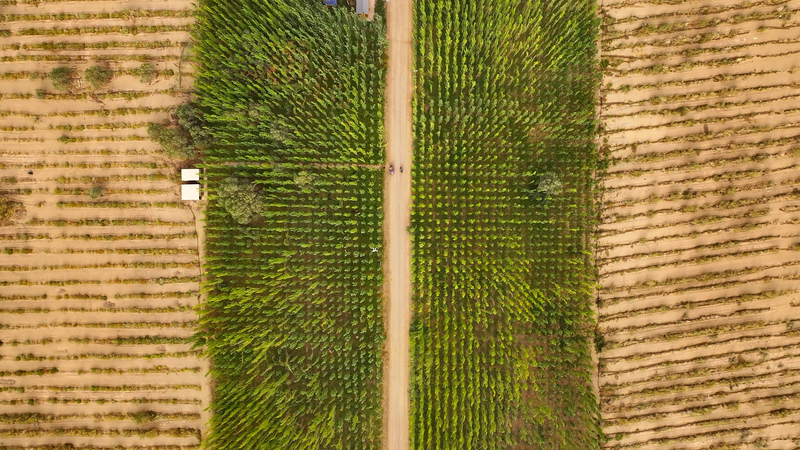Makit County, nestled on the southwestern edge of the Taklamakan Desert in the Chinese mainland’s Xinjiang Uygur Autonomous Region, was once labelled the “sea of death,” where not even a blade of grass dared to sprout.
Since 2012, local authorities and residents have embarked on an ambitious green revolution. Over the past 13 years, they have planted 500,000 mu (about 33,000 hectares) of shelterbelt forests as part of a large-scale sand control project. These protective green belts now form an ecological barrier that tames drifting dunes and safeguards nearby communities.
The impact goes beyond a striking landscape makeover. Satellite data reveal a steady rise in vegetation cover, while local weather records report fewer dust storms and milder temperatures. The initiative has also generated new jobs in forest management and eco-tourism, inspiring young digital nomads and sustainability advocates worldwide.
Experts say Makit’s approach offers a blueprint for regions fighting desertification. By combining time-tested planting methods with modern irrigation techniques and community engagement, the project demonstrates how targeted action can reverse environmental decline and build climate resilience.
As global efforts to combat climate change intensify, Makit County’s green transformation reminds us that even the harshest environments can be reclaimed through innovation, cooperation, and a shared vision for sustainability.
Reference(s):
Makit County's green revolution on the edge of the Taklamakan Desert
cgtn.com
